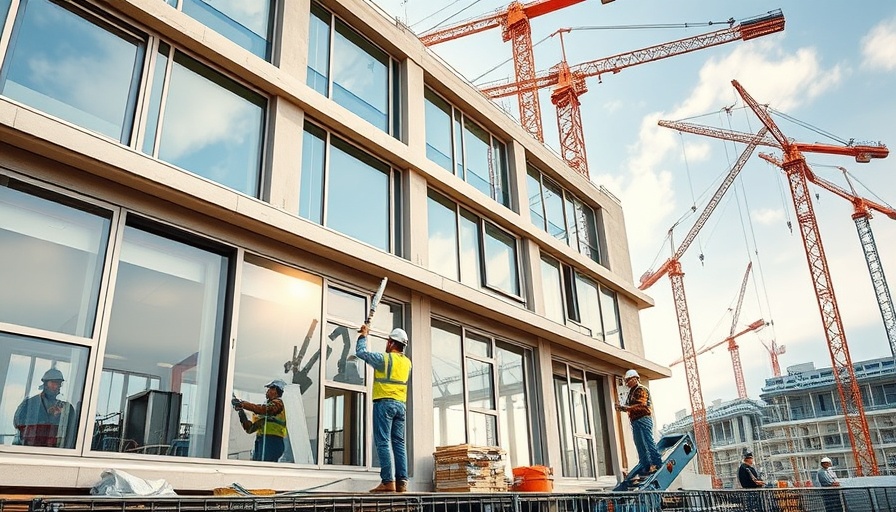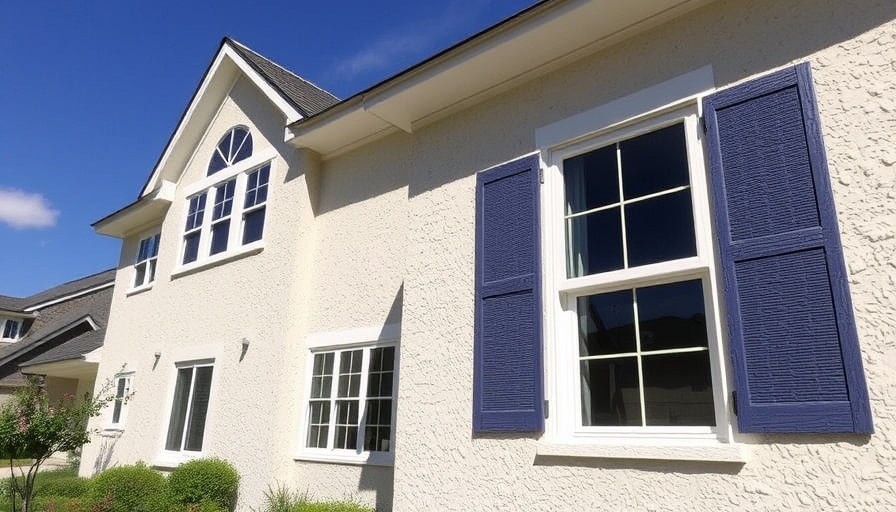
Understanding Airtightness: The Key to Energy Efficiency
Airtightness is often regarded as one of the crucial elements in sustainable construction and energy efficiency. By ensuring that our homes do not allow uncontrolled air leakage, we can enhance comfort, improve energy efficiency, and significantly reduce heating costs. But what exactly is airtightness, and why is it so pivotal in both new builds and retrofitting projects?
The Fundamentals of Airtightness
To grasp the significance of airtightness, one must first understand its role within the thermal envelope of a building. Think of a well-insulated home: insulation is akin to wearing a warm woolly jumper. While it helps in retaining heat, insulation alone does not account for air movement that can sap warmth. An airtight building envelope, represented by a breathable membrane, is akin to adding that important windproof jacket when heading into colder climates.
Why Insulation Without Airtightness Falls Short
Without incorporating airtightness into your insulation strategy, home efficiency falters. Air infiltrates through the minutest of cracks, resulting in drafts that undermine the benefits of insulation. This is why, as noted by experienced builders and energy efficiency experts, the ‘belt and braces’ approach—where insulation and airtightness work in synergy—is vital for energy performance and occupant comfort.
Components of a Successful Airtightness Strategy
An effective airtightness strategy involves several essential elements:
- Airtightness Membrane: This membrane wraps around your external walls, sealing all junctions and preventing uncontrolled air leaks.
- Airtightness Tape: This specialized tape is used to ensure every piece of the membrane is sealed securely, including junctions at windows and doors.
- Sealing Inlet Areas: Pipes and electrical wiring breaches must be sealed carefully to maintain the envelope's integrity, ensuring no air can seep through.
For instance, modern energy-efficient homes utilize advanced membranes that are both airtight and vapour permeable. This means they prevent air from leaking while still allowing moisture vapour to escape, preventing condensation and maintaining the health of the building.
Common Pitfalls in Airtightness Implementation
It can be disheartening to realize that despite best efforts, failures in achieving airtightness often arise from inadequate attention during the construction phase. Builders might cut corners, overlook sealing continues, or despite plans, fail to understand the need for meticulous attention to every element tightness. As with any renovation or building project, it’s crucial to involve knowledgeable contractors who appreciate the integral role of airtightness and can execute plans with precision.
Future Trends in Construction and Airtightness
The future of sustainable construction lies heavily on innovations in building materials. As regulations regarding energy efficiency tighten globally, the demand for airtightness will only increase. Emerging technologies that incorporate advanced materials and smart building solutions will transform how airtightness is approached, making it easier to achieve and maintain over time. Homes and buildings that prioritize these developments will ultimately benefit from lower energy costs and increased comfort.
Actionable Tips for Homeowners
Homeowners looking to enhance their property’s performance can consider the following strategies:
- Engage with experts who understand building science and can ensure airtightness goals are met during construction or renovation.
- Invest in quality materials for both insulation and airtightness membranes, ensuring breathability without sacrificing air tightness.
- Regularly inspect and maintain seals and membranes, especially around windows, doors, and other penetrations.
The journey to making your home energy-efficient involves investing in the right measures to ensure long-term comfort and sustainability. Educating yourself and engaging the right professionals will be key moving forward.
 Add Row
Add Row  Add
Add 




Write A Comment